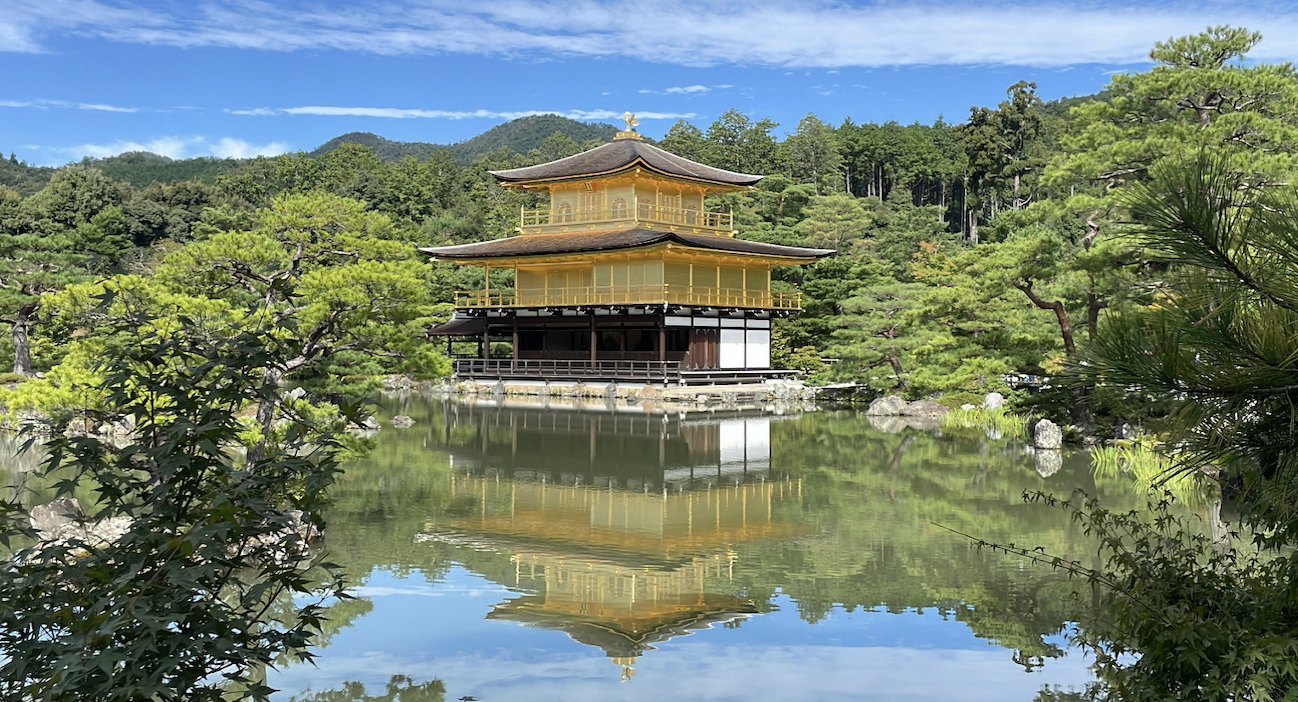Kyoto, the heart of Japan’s cultural heritage, is a city where history and tradition blend seamlessly with modern life.

While famous sites like Kinkaku-ji and Fushimi Inari Taisha draw countless visitors, the true essence of Kyoto lies in its lesser-known spots and immersive experiences.
This guide takes you on a journey to discover Kyoto’s authentic cultural experiences and hidden gems, offering a deeper appreciation of its unique charm.
Traditional Kyoto: Preserving the Past in the Present
Strolling Through Kyoto’s Historic Districts
Kyoto’s historic districts retain the atmosphere of Japan’s past, where traditional wooden machiya houses line narrow streets. Among them, Gion is the most famous, known for its teahouses and the occasional sighting of a geisha or maiko.

However, venturing beyond Gion, places like Pontocho and Higashiyama offer equally enchanting experiences, with lantern-lit alleys and riverside charm.
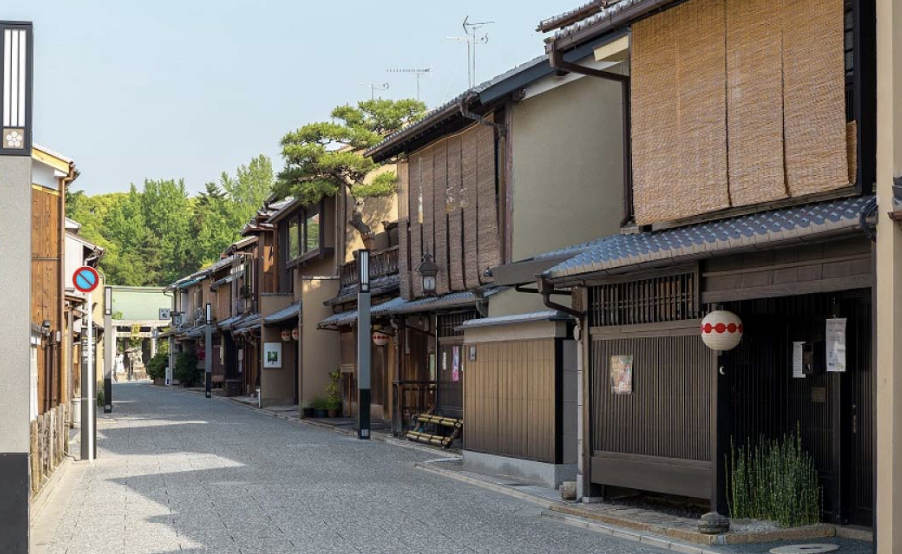
Further off the beaten path, the district of Kamishichiken provides a more intimate look at Kyoto’s geisha culture. As Kyoto’s oldest geisha district, Kamishichiken remains less crowded, offering a tranquil setting to appreciate traditional tea houses and authentic performances.
Exploring Kyoto’s Timeless Temples and Shrines
While Fushimi Inari Taisha and Kiyomizu-dera are must-see spots, Kyoto is home to countless other temples and shrines that provide a more serene experience.

For instance, Nanzen-ji, nestled against the foothills of the Higashiyama mountains, offers a stunning aqueduct, beautiful Zen gardens, and a peaceful atmosphere perfect for quiet contemplation.
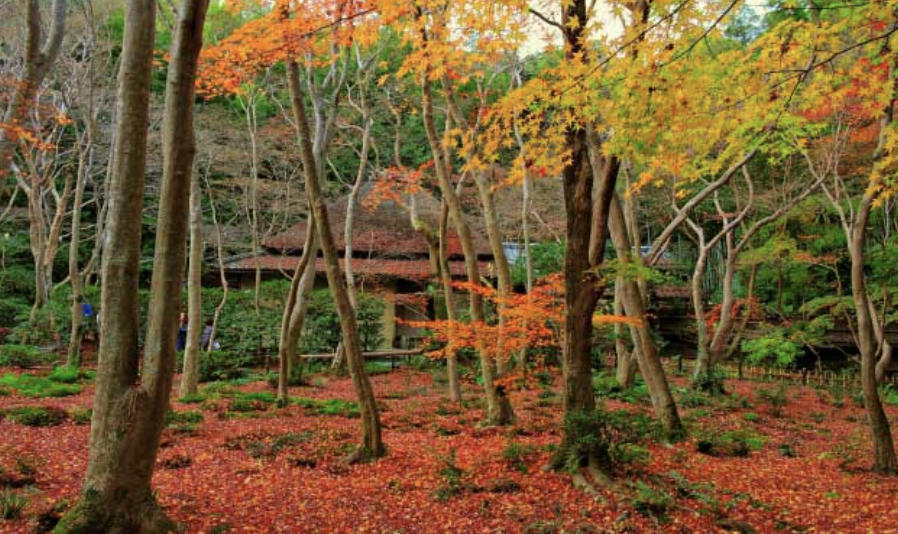
Similarly, the moss-covered grounds of Gio-ji Temple in Arashiyama transport visitors to an almost mythical world. The soft green hues and delicate sunlight filtering through the trees make this temple a hidden sanctuary away from the bustling tourist paths.
Kyoto’s Culinary Heritage: Savoring Authentic Flavors
Kaiseki Dining: The Art of Seasonal Cuisine

Kyoto is the birthplace of kaiseki, a multi-course meal that embodies seasonal ingredients, precise presentation, and culinary harmony. Renowned restaurants like Kikunoi and Hyotei offer exquisite kaiseki experiences, where every dish tells a story of Kyoto’s rich culinary traditions.
For a more casual yet authentic experience, small ryotei (traditional restaurants) in the Kiyamachi district provide kaiseki-style meals in a relaxed setting.
Hidden Cafés and Traditional Sweets
Beyond Kyoto’s refined dining culture, the city is also home to countless hidden cafés offering traditional Japanese sweets, known as wagashi.

Yōjiya Café, tucked away in a historic Kyoto townhouse, serves matcha alongside delicate seasonal confections, creating a perfect moment of serenity.
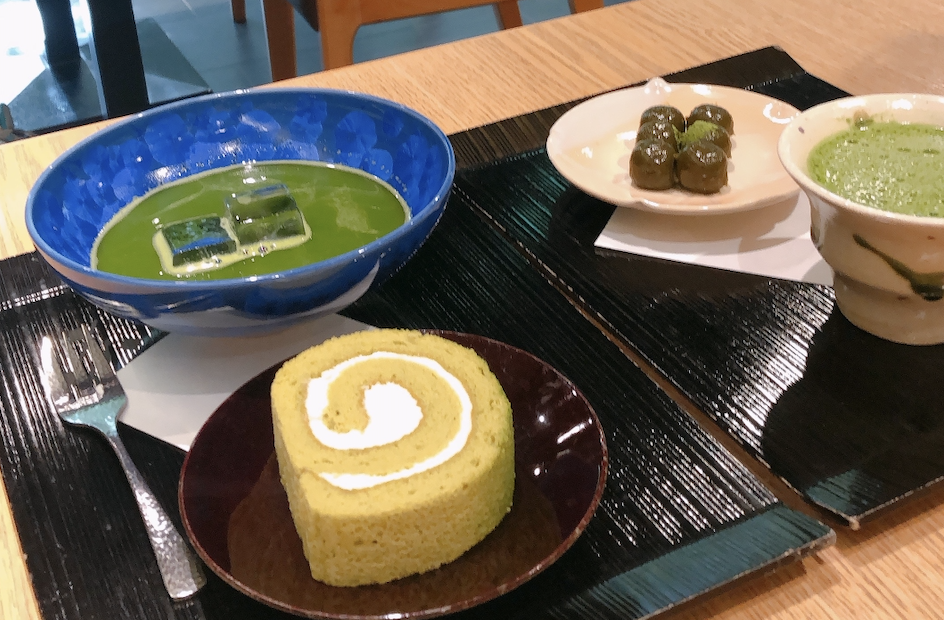
For a more rustic charm, the tea houses around Uji, Kyoto’s famed tea-growing region, provide freshly whisked matcha and handmade sweets. A visit to a traditional tea house here is not just a culinary delight but also a cultural immersion into Kyoto’s tea traditions.
Artisan Traditions: Kyoto’s Living Heritage
Handcrafted Excellence: Kyoto’s Traditional Crafts
Kyoto has long been a center for artisanal craftsmanship, with techniques passed down through generations.

From Kyo-yaki ceramics to Nishijin-ori textiles, the city is a haven for those interested in Japan’s traditional arts.

Workshops such as Hosoo allow visitors to witness master artisans weaving intricate kimono fabrics, while the Kyoto Handicraft Center offers hands-on experiences in lacquerware and woodblock printing.
A lesser-known but equally captivating craft is Kyo-meichiku, the art of bamboo weaving. In the Arashiyama district, artisans create delicate baskets and tea utensils, showcasing the meticulous artistry behind Kyoto’s cultural heritage.
Immersive Cultural Experiences
For those seeking a deeper cultural connection, Kyoto offers numerous hands-on experiences that go beyond simple sightseeing.

Calligraphy classes at Shoren-in Temple provide insight into the meditative art of Japanese writing, while private tea ceremony sessions in a traditional machiya house reveal the subtleties of this refined practice.
Another immersive experience is indigo dyeing at Aizome workshops, where participants can create their own uniquely patterned textiles using natural dyes. Such experiences allow visitors to not only observe but also participate in Kyoto’s living traditions.
Kyoto’s Natural Wonders: Tranquility Amidst Tradition
Exploring Kyoto’s Hidden Gardens
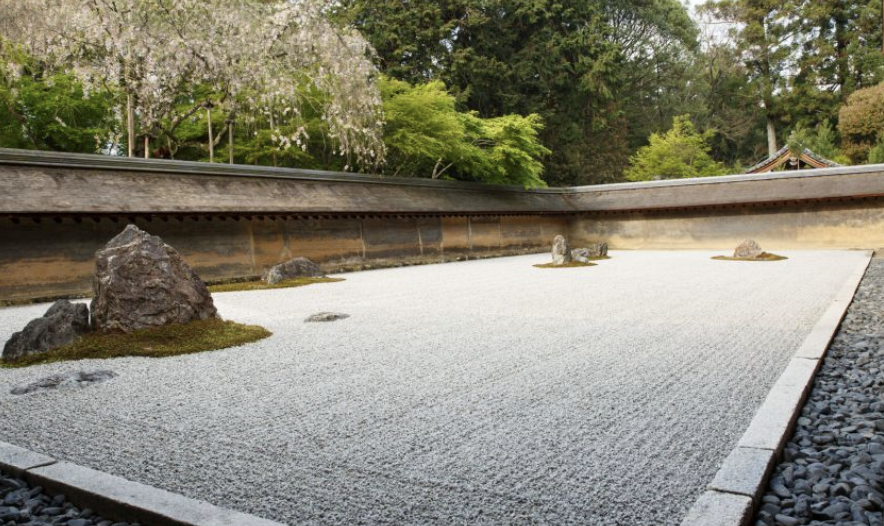
Beyond the well-known Zen gardens of Ryoan-ji and Ginkaku-ji, Kyoto is home to many lesser-visited gardens that offer moments of true tranquility.
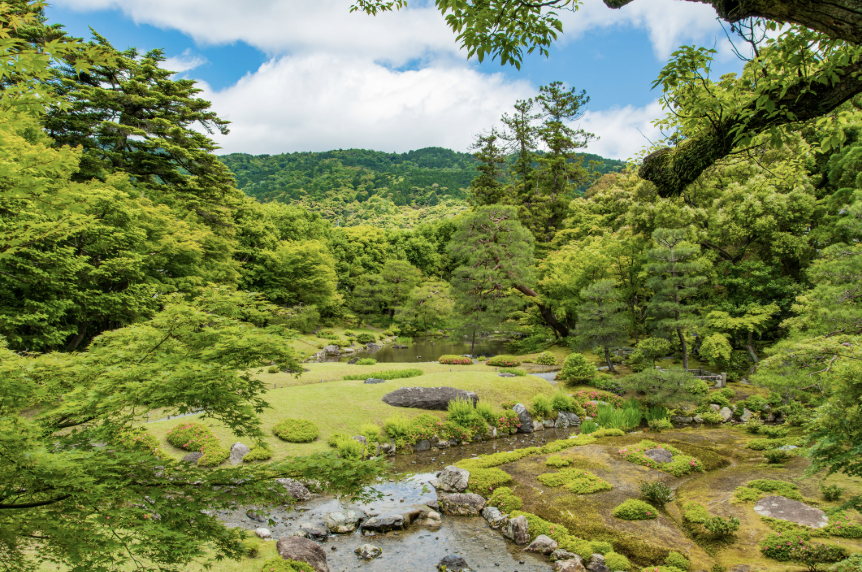
Murin-an, designed by Meiji-era politician Yamagata Aritomo, blends natural landscapes with Japanese aesthetics, creating an oasis in the city.

For a more seasonal spectacle, the gardens of Shisen-dō in the northern Higashiyama area are breathtaking, especially during autumn when vibrant maple leaves paint the surroundings in brilliant red and orange hues.
Hiking and Nature Retreats
For those looking to escape the urban landscape, Kyoto’s surrounding mountains offer incredible hiking opportunities.

The Kurama-Kibune trail takes hikers through mystical cedar forests, leading to the picturesque riverside village of Kibune, where visitors can enjoy a meal on platforms built over flowing streams.
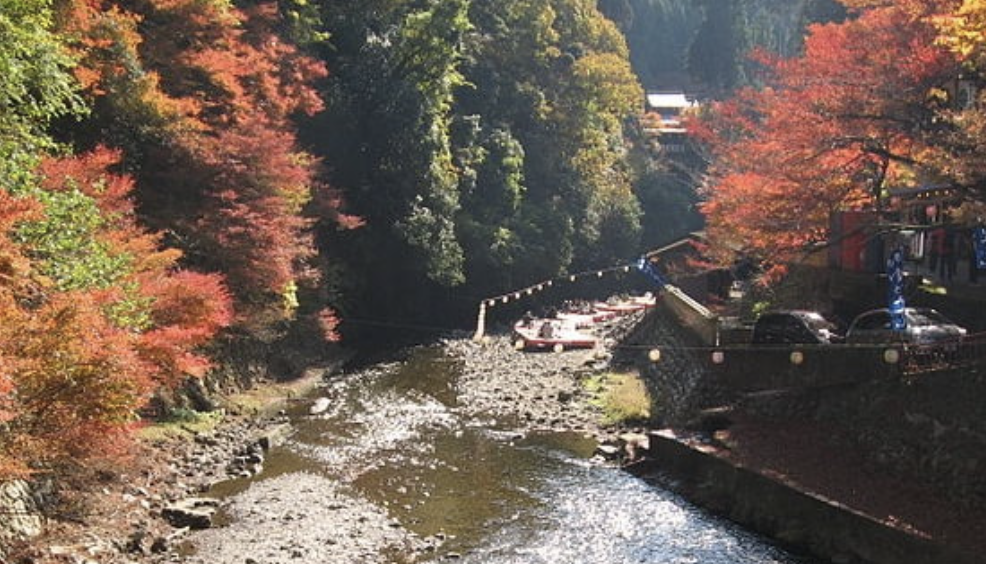
Meanwhile, Takao, a secluded area in the north of Kyoto, is renowned for its autumn foliage and peaceful temple retreats. Here, visitors can enjoy the beauty of nature while savoring local delicacies like yudofu (tofu hot pot) served at traditional mountain inns.
Conclusion: Kyoto Beyond the Surface
Kyoto’s charm extends far beyond its famous landmarks.
From hidden temples and traditional crafts to exquisite cuisine and natural wonders, the city offers countless opportunities for those seeking an authentic experience. By venturing beyond the well-trodden paths, visitors can discover the true spirit of Kyoto—a city where history, culture, and nature intertwine harmoniously.

